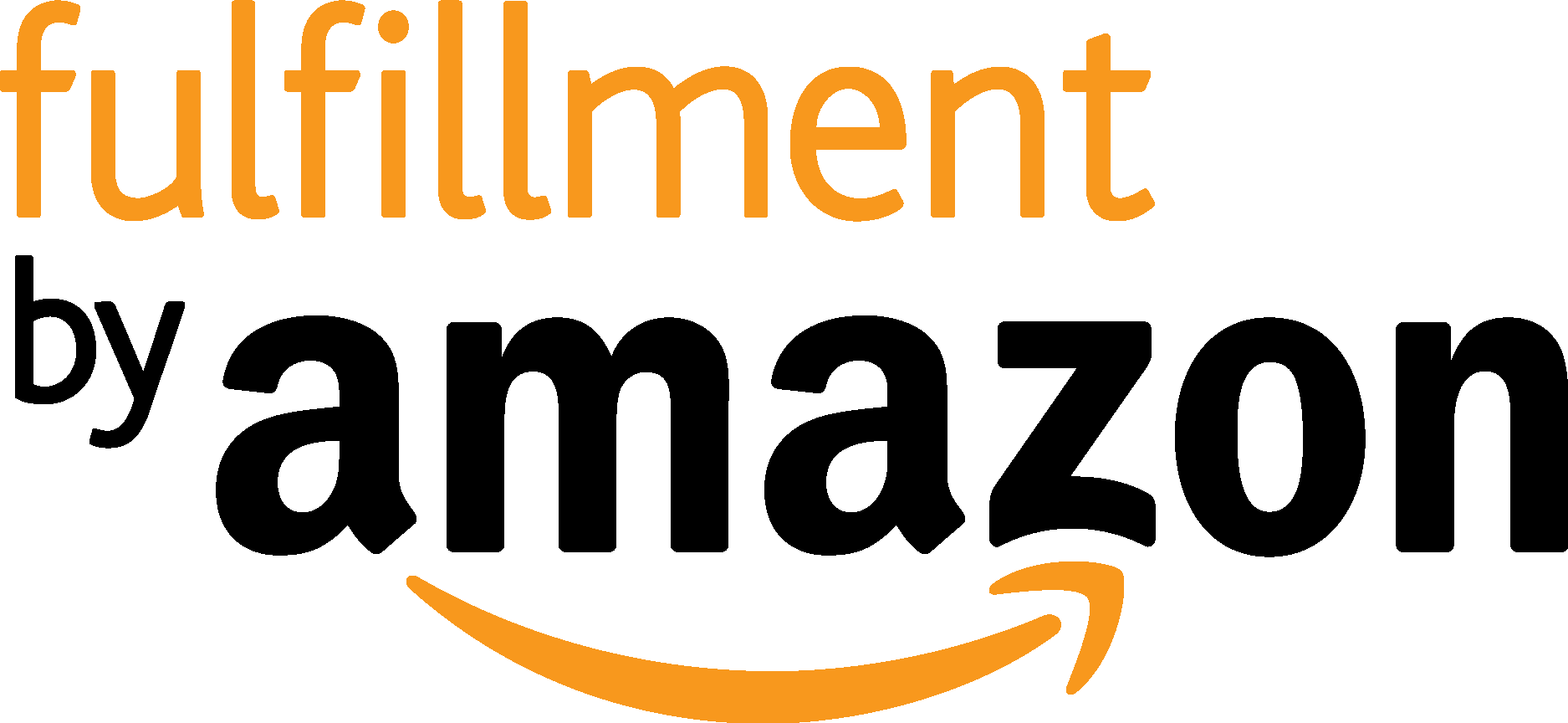
Amazon FBA: Complete Buyer's Guide
Dominant force in ecommerce fulfillment
Amazon FBA represents the dominant force in ecommerce fulfillment, combining the world's largest logistics infrastructure with cutting-edge AI automation to deliver comprehensive storage, shipping, and returns processing for online retailers. As the market leader with a 38.6% share of North America's ecommerce fulfillment market [65], Amazon FBA leverages artificial intelligence across demand forecasting, warehouse robotics, and generative content creation to address scalability challenges facing businesses from startups to Fortune 500 enterprises.
Market Position & Maturity
Market Standing
Amazon FBA commands 38.6% market share in North America's ecommerce fulfillment market [65], establishing clear market leadership through a combination of infrastructure scale, technological innovation, and ecosystem integration that competitors struggle to match.
Company Maturity
Amazon's fulfillment network spans hundreds of facilities globally, processing billions of packages annually with consistent reliability and performance standards.
Growth Trajectory
Recent innovations including Project Amelia and Enhance My Listing demonstrate ongoing investment in seller-focused AI tools [67], while warehouse robotics deployment continues expanding across fulfillment centers [62][75].
Industry Recognition
Customer evidence shows Amazon FBA winning implementations against specialized competitors, with businesses like Semaine Health and Bunker Branding achieving significant operational improvements through platform adoption [61][66][75].
Strategic Partnerships
Integration with Amazon Advertising, Seller Central analytics, and marketplace optimization tools provides comprehensive seller support that extends beyond basic fulfillment services.
Longevity Assessment
Amazon's continued investment in logistics infrastructure and AI innovation suggests sustained competitive advantages that will likely persist as the ecommerce fulfillment market continues evolving toward AI-powered automation and integrated seller services.
Proof of Capabilities
Customer Evidence
Semaine Health achieved $2 per order cost reduction and 33% faster transit times through AI optimization [66][75], while Bunker Branding realized 40% fulfillment cost reduction after 8 months of platform optimization [61].
Quantified Outcomes
Semaine Health achieved $2 per order cost reduction and 33% faster transit times [66][75].
Case Study Analysis
Chronopost increased sales by 85% using AI-driven campaigns [76], demonstrating the platform's ability to support complex multi-channel strategies while maintaining operational efficiency.
Market Validation
The platform's 38.6% market share in North America [65] reflects sustained competitive advantages and customer satisfaction levels that drive market leadership.
Competitive Wins
Implementation case studies show businesses transitioning from specialized 3PL providers to Amazon FBA for integrated AI capabilities and marketplace optimization tools.
Reference Customers
Customer testimonials consistently emphasize AI-powered optimization benefits, cost reduction outcomes, and operational efficiency improvements that validate the platform's core value propositions and competitive positioning claims.
AI Technology
Amazon FBA's AI forecasting system achieves 90% accuracy in demand prediction [72], utilizing machine learning algorithms that analyze historical sales data, seasonal patterns, and market trends.
Architecture
Warehouse automation architecture leverages autonomous guided vehicles (AGVs) and robotic arms throughout Amazon's fulfillment centers to streamline picking, packing, and sorting operations [62][75].
Primary Competitors
Primary competitors include Blue Yonder and IBM Sterling for enterprise B2B operations [26][31], ShipBob and Logiwa IO for SMB-focused solutions [32][39][51].
Competitive Advantages
Unique ecosystem integration combining fulfillment services with marketplace access, advertising tools, and AI-powered optimization capabilities that standalone 3PL providers cannot match.
Market Positioning
Amazon FBA dominates the SMB/consumer marketplace segment while facing stronger competition in enterprise B2B scenarios.
Win/Loss Scenarios
Win scenarios favor Amazon FBA for high-volume marketplace sellers requiring integrated AI tools and rapid deployment capabilities, while alternatives win when specialized B2B compliance, storage cost optimization, or extensive workflow customization take priority.
Key Features

Pros & Cons
Use Cases
Integrations
Pricing
Featured In Articles
Comprehensive analysis of Fulfillment for Ecommerce for Ecommerce businesses and online retailers. Expert evaluation of features, pricing, and implementation.
How We Researched This Guide
About This Guide: This comprehensive analysis is based on extensive competitive intelligence and real-world implementation data from leading AI vendors. StayModern updates this guide quarterly to reflect market developments and vendor performance changes.
76+ verified sources per analysis including official documentation, customer reviews, analyst reports, and industry publications.
- • Vendor documentation & whitepapers
- • Customer testimonials & case studies
- • Third-party analyst assessments
- • Industry benchmarking reports
Standardized assessment framework across 8 key dimensions for objective comparison.
- • Technology capabilities & architecture
- • Market position & customer evidence
- • Implementation experience & support
- • Pricing value & competitive position
Research is refreshed every 90 days to capture market changes and new vendor capabilities.
- • New product releases & features
- • Market positioning changes
- • Customer feedback integration
- • Competitive landscape shifts
Every claim is source-linked with direct citations to original materials for verification.
- • Clickable citation links
- • Original source attribution
- • Date stamps for currency
- • Quality score validation
Analysis follows systematic research protocols with consistent evaluation frameworks.
- • Standardized assessment criteria
- • Multi-source verification process
- • Consistent evaluation methodology
- • Quality assurance protocols
Buyer-focused analysis with transparent methodology and factual accuracy commitment.
- • Objective comparative analysis
- • Transparent research methodology
- • Factual accuracy commitment
- • Continuous quality improvement
Quality Commitment: If you find any inaccuracies in our analysis on this page, please contact us at research@staymodern.ai. We're committed to maintaining the highest standards of research integrity and will investigate and correct any issues promptly.